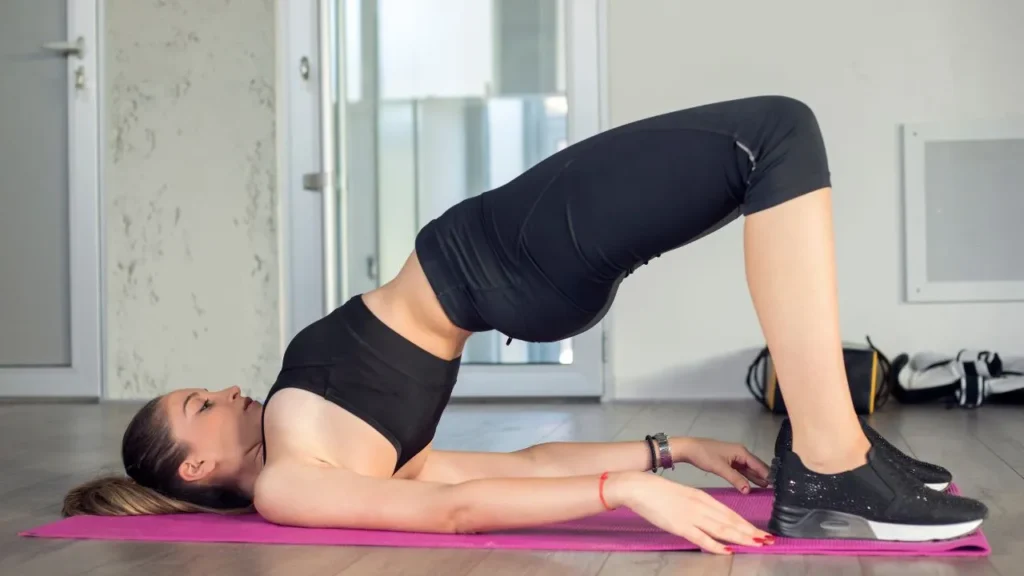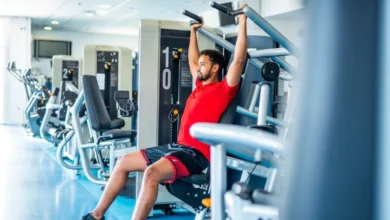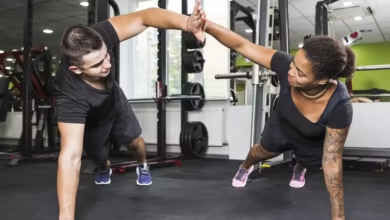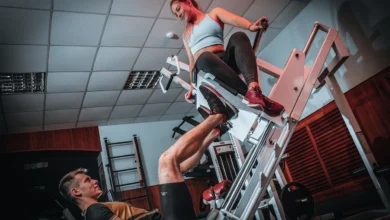
When it comes to building a stronger and more toned lower body, glute workouts are essential. The glutes are among the largest and most powerful muscles in the body, and training them properly not only enhances aesthetics but also improves posture, athletic performance, and overall strength. Many people spend hours doing glute exercises without seeing the results they expect, and this often comes down to efficiency. To maximize the benefits of your training, you need the right strategies that make each workout count.
In this guide, you will discover five proven tips to improve your glute workout efficiency. From exercise selection to recovery, each tip is designed to help you achieve stronger, firmer, and more sculpted glutes in less time and with better results.
READ ALSO:
- Does Running Help You Lose Weight? How to Start and Progress Without Losing Your Breath
- Mika Takishima Method: 4 Transformative Exercises for Weight Loss and Healthy Aging
Follow our PAGE
Why Focus on a Glute Workout?
A glute workout is more than just about appearance. Strong glutes support the hips and lower back, reduce the risk of injuries, and play a vital role in everyday movements like walking, climbing stairs, or lifting objects. Athletes also benefit from glute strength, as it improves speed, power, and balance. For those looking to boost metabolism, targeting larger muscle groups like the glutes increases calorie burn and supports fat loss.
With that in mind, improving the efficiency of your glute workout is key to reaping these benefits while avoiding wasted time and energy.
1. Prioritize Compound Exercises
The foundation of any effective glute workout is compound exercises. Movements like squats, deadlifts, and lunges engage multiple muscle groups at once, ensuring maximum muscle recruitment. Squats are excellent for overall leg development, while Romanian deadlifts specifically target the glutes and hamstrings. Walking lunges are also highly effective for activating the glutes with added balance and stability challenges.
Incorporating these exercises at the start of your workout ensures that you target the glutes when your energy levels are highest. To further increase efficiency, use progressive overload by gradually increasing weights or resistance over time.
2. Activate the Glutes Before Training
One of the main reasons people struggle to feel their glutes working is lack of muscle activation. Sitting for long periods can cause the glutes to become underactive, leading other muscles, such as the quads or lower back, to compensate during exercises.
A quick activation routine before your glute workout can make a huge difference. Use resistance bands for movements like glute bridges, clamshells, or monster walks. These exercises wake up the glutes, ensuring that they engage properly during your main lifts. Just 5–10 minutes of activation can significantly improve efficiency and results.
3. Focus on Proper Form and Mind-Muscle Connection
Efficiency is not about doing more reps; it’s about performing each rep correctly. Proper form ensures that the glutes, rather than surrounding muscles, are doing the work. For example, when performing hip thrusts, keeping your chin tucked and engaging your core prevents the lower back from taking over the movement.
The mind-muscle connection is another powerful tool. Instead of rushing through the reps, concentrate on squeezing the glutes at the top of each movement. Slowing down the tempo and emphasizing contraction maximizes muscle activation and promotes growth.
4. Add Variety and Isolation Exercises
While compound exercises are essential, adding variety with isolation movements ensures complete glute development. Exercises like hip thrusts, cable kickbacks, and step-ups specifically target different areas of the glutes, helping you achieve balanced strength and shape.
Changing your workout routine every 6–8 weeks prevents plateaus and keeps your muscles challenged. You can vary the intensity by adjusting resistance, sets, reps, or even the type of equipment used, such as resistance bands, dumbbells, or machines.
5. Don’t Neglect Recovery
Recovery is just as important as the workout itself. The glutes are large muscles that require rest to grow and strengthen. Overtraining without proper recovery can lead to fatigue, poor performance, and even injuries.
Ensure that you allow at least 48 hours between intense glute workouts. Sleep, hydration, and nutrition play crucial roles in muscle recovery. A diet rich in protein supports muscle repair, while carbohydrates replenish energy stores. Stretching and foam rolling also improve blood circulation and reduce muscle soreness.
How to Structure Your Glute Workout
An efficient glute workout can be structured as follows:
- Warm-up: 5–10 minutes of light cardio and dynamic stretches.
- Activation: Band walks, glute bridges, or clamshells (2 sets of 15–20 reps).
- Compound Exercises: Squats, Romanian deadlifts, lunges (3–4 sets of 8–12 reps).
- Isolation Exercises: Hip thrusts, kickbacks, or step-ups (3 sets of 10–15 reps).
- Cool-down: Static stretches and foam rolling.
This balance of activation, compound, and isolation exercises ensures efficiency, targeting the glutes from multiple angles while avoiding wasted effort.
Conclusion
Building strong and toned glutes doesn’t require endless hours at the gym, but it does require strategy and consistency. By prioritizing compound movements, activating the glutes before training, focusing on form and mind-muscle connection, adding variety with isolation exercises, and allowing time for recovery, you can maximize the efficiency of your glute workouts.
The key is not only training hard but also training smart. With these five tips, your glute workout will deliver better results, improved strength, and greater confidence in both performance and appearance.

Hello! My name is Alan Teixeira and I am passionate about helping people live healthier, more balanced lives. From mindful eating to daily habits that promote physical and mental well-being, I believe that small, consistent changes can lead to powerful transformations.
I created this blog to share practical tips, reliable information, and thoughtful insights that can inspire you to take better care of yourself—with balance, mindfulness, and positivity.
If you are looking to improve your health, nourish your body, and build a lighter, more fulfilling routine, you are in the right place. Welcome!





